Battery-Powered GPS Trackers
Connect more of the assets that matter with our range of GPS trackers with long battery life.

This deployment was recognized as a 2022 Top Supply Chain Projects Award recipient! Presented by Supply & Demand Chain Executive magazine, the Top Supply Chain Projects (formerly known as SDCE 100) award recognizes the most successful and innovative transformation projects that deliver bottom-line value to enterprises across a range of supply chain functions.
As a result of COVID-19 lockdowns in 2020, one of the world’s largest manufacturers of high-value aircraft parts was forced to leave critical assets unattended for several weeks in an uncontrolled environment. Due to high humidity levels, the critical aircraft parts corroded and were unusable, resulting in a substantial (hundreds of millions of dollars) financial loss for the company and its aviation partners.
To improve visibility in their supply chain, in 2021 the manufacturer selected Digital Matter’s Oyster Edge battery-powered Indoor/Outdoor GPS asset tracking and Bluetooth Gateway to track and monitor the location and condition of thousands of their critical aircraft assets as they move globally through production, storage, and delivery.
The Oyster Edge is installed on the asset’s transportation stands, enabling complete visibility as the asset moves between indoor and outdoor environments via GNSS and Wi-Fi positioning technologies. Advanced Cellular Tower Location is also supported, where the device will triangulate a location based on cell tower proximity if it is unable to get an accurate GNSS or Wi-Fi position.
Where other battery-powered asset tracking devices may only last several weeks or months before requiring recharging or fresh batteries, the Oyster Edge features 10+ years of battery life on 3 user-replaceable AA batteries, reducing device operating costs for the manufacturer by minimizing physical device management and frequent battery changes.
Cloud-Based Location Solving on the Oyster Edge transfers the location processing workload that is traditionally handled on the device to the cloud for substantial power savings. Smart Adaptive Tracking on the device also detects when the asset is on the move or stationary, increasing or decreasing the location update rate accordingly for further power savings.
The Oyster Edge connects to global low-power Cellular IoT Networks (LTE-M (Cat-M1) / NB-IoT) and supports cross-network and cross-carrier roaming, enabling complete visibility as the assets move regionally and nationally through the supply chain. Global roaming on Cellular IoT networks has, historically, been very difficult to achieve with battery-powered GPS asset tracking devices due to the amount of power required to find and switch networks. However evolutionary advancements in IoT connectivity and components have now made roaming between networks almost seamless, with minimal impact on battery life or performance.
With onboard Bluetooth Low Energy, the Oyster Edge also functions as a Bluetooth Gateway to communicate with any third-party Bluetooth accessory. Bluetooth Low Energy temperature and humidity tags are installed on, and around the asset, to alert on conditions that may cause corrosion. The Oyster Edge also supports movement, impact (high G-Force), and vibration monitoring with alerts, allowing the manufacturer to identify where in transit assets are experiencing rough conditions or are being mishandled. The manufacturer must report all high G-Force events and physically inspect the asset if experienced.
The Oyster Edge is programmed, updated, and debugged OTA (over-the-air), allowing the manufacturer to take full control of device functionalities remotely and at scale. Finally, device data is securely integrated with an asset management platform where location data, reporting, and alerts are managed.
In an increasingly complex and globalized logistics landscape, being able to accurately track critical assets as they move throughout the supply chain is now a necessity, particularly in the manufacturing and delivery of products that concern human life and safety.
By providing essential visibility of critical high-value assets in transit, the Oyster Edge allows the manufacturer to authenticate the location of goods at any time, track speed of movement and arrival times, monitor storage conditions, and streamline the problematic movement of goods. Implementing the Oyster Edge also creates a competitive advantage with sustainability as there is less ‘waste,’ or lost goods due to improper storage.
Unfortunately, we are unable to share actual ROI figures. However, based on prior losses, implementing IoT location tracking and condition monitoring technologies will save the manufacturer hundreds of millions of dollars in lost or damaged assets. Over time, IoT data can also reveal patterns that aid predictive analysis, contingency planning and the optimization of transit speed, cost and security.

Related Case Studies
Battery selection plays an important role in determining how well a data logger performs in the field. This is especially important in challenging thermal environments or in scenarios where the data logger needs to power demanding sensors.
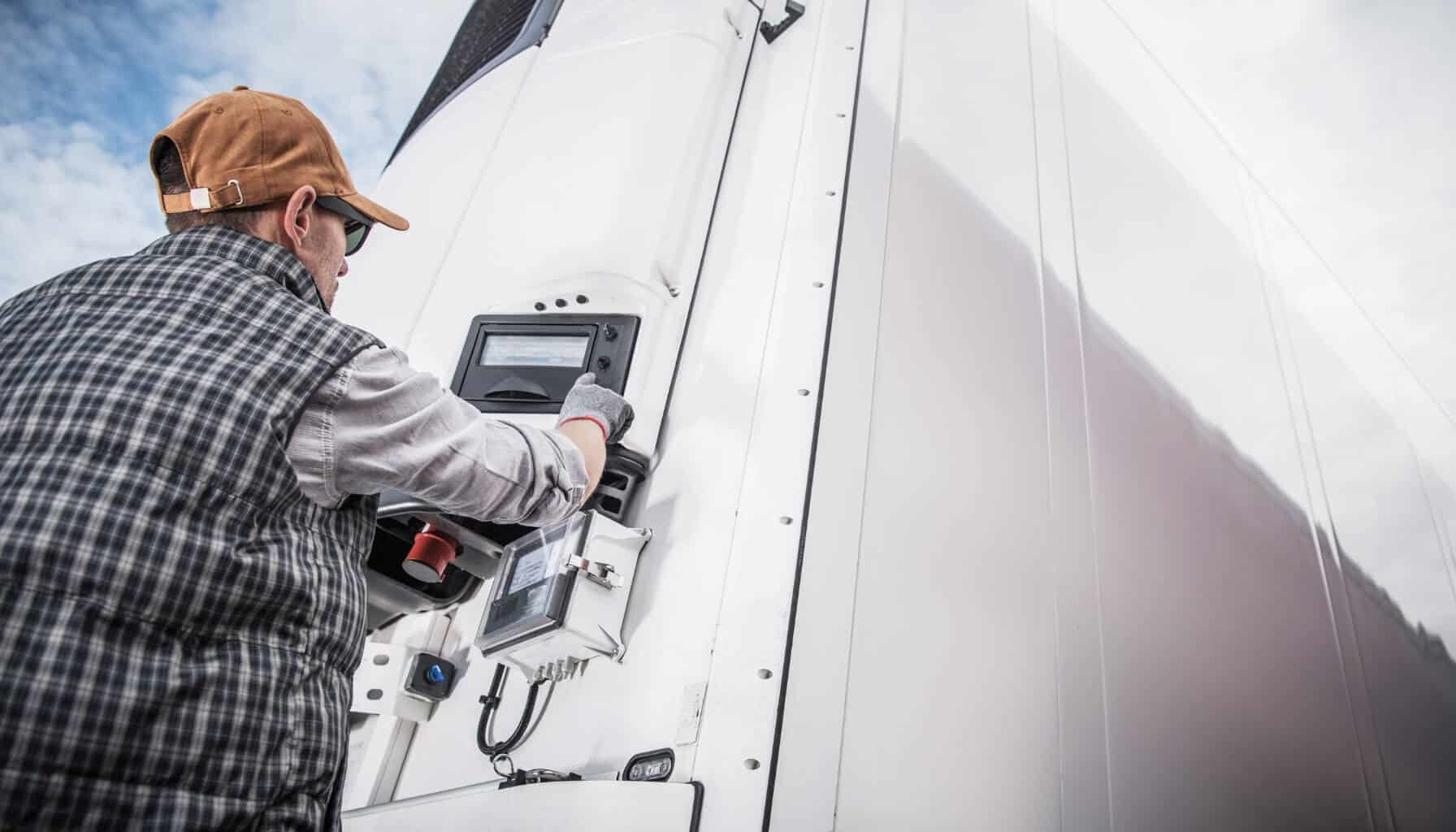
Related Case Studies
In today’s world, the need for precise sensor monitoring is becoming more and more prevalent. Temperature and humidity sensors are among some of the monitoring tools that play a pivotal role in maintaining optimal conditions for many industries, from cold chain logistics, healthcare, all the way to agriculture. This article will explore the fundamentals of temperature and humidity monitoring, the technology, applications, and role of data loggers for communicating temperature and humidity data.

Related Case Studies
What is an NB-IoT Data Logger? Data and real-time insights allow businesses to optimize operations, monitor conditions, and make informed data-driven decisions. NB-IoT data loggers play a pivotal role in ensuring businesses are equipped with the right data, at the right time. NB-IoT data loggers allow for wireless, remote data collection from sensors, allowing businesses to capture integral data without any manual effort.

Related Case Studies
Agriculture is rapidly evolving with the integration of IoT technology, enabling farmers and agribusinesses to optimize operations, increase yields, and enhance sustainability. By leveraging remote sensors and data loggers, such as the Hawk, agricultural professionals can gain real-time insights into environmental conditions, equipment usage, and livestock movement to make data-driven decisions.
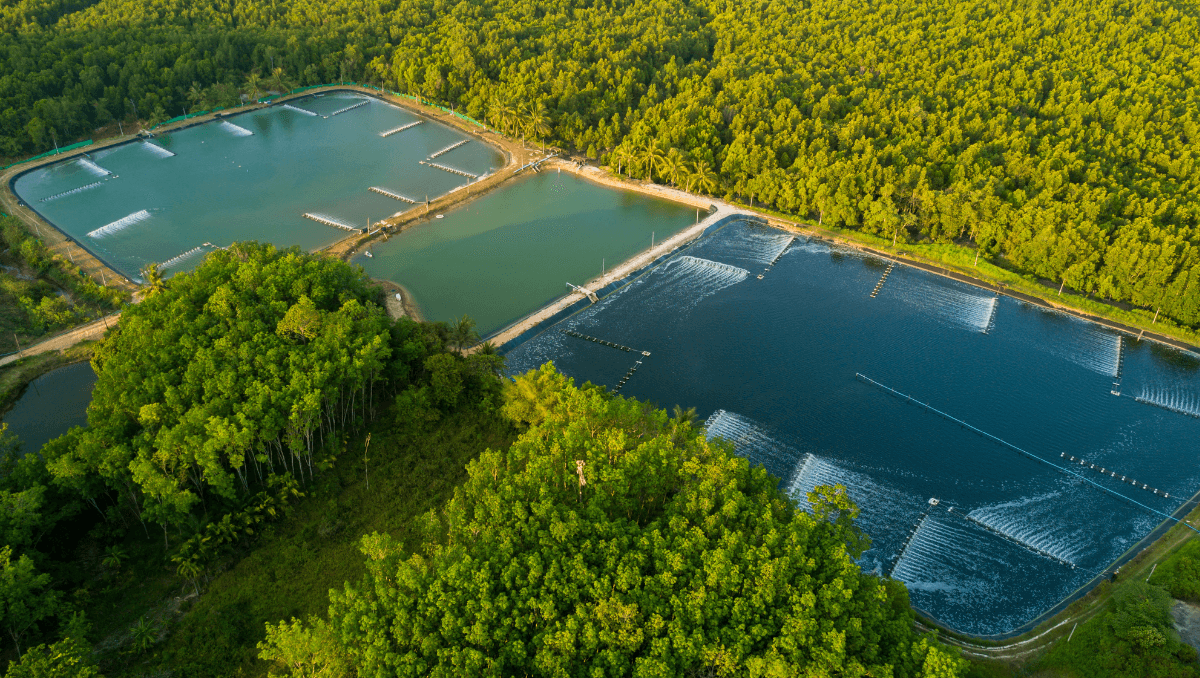
Related Case Studies
IoT plays an integral role in the modernization of smarter water management, allowing for greater efficiency, improved resource allocation and, enhanced sustainability. Learn how IoT has improved water management practices and discover the technology making this possible for industries around the world.
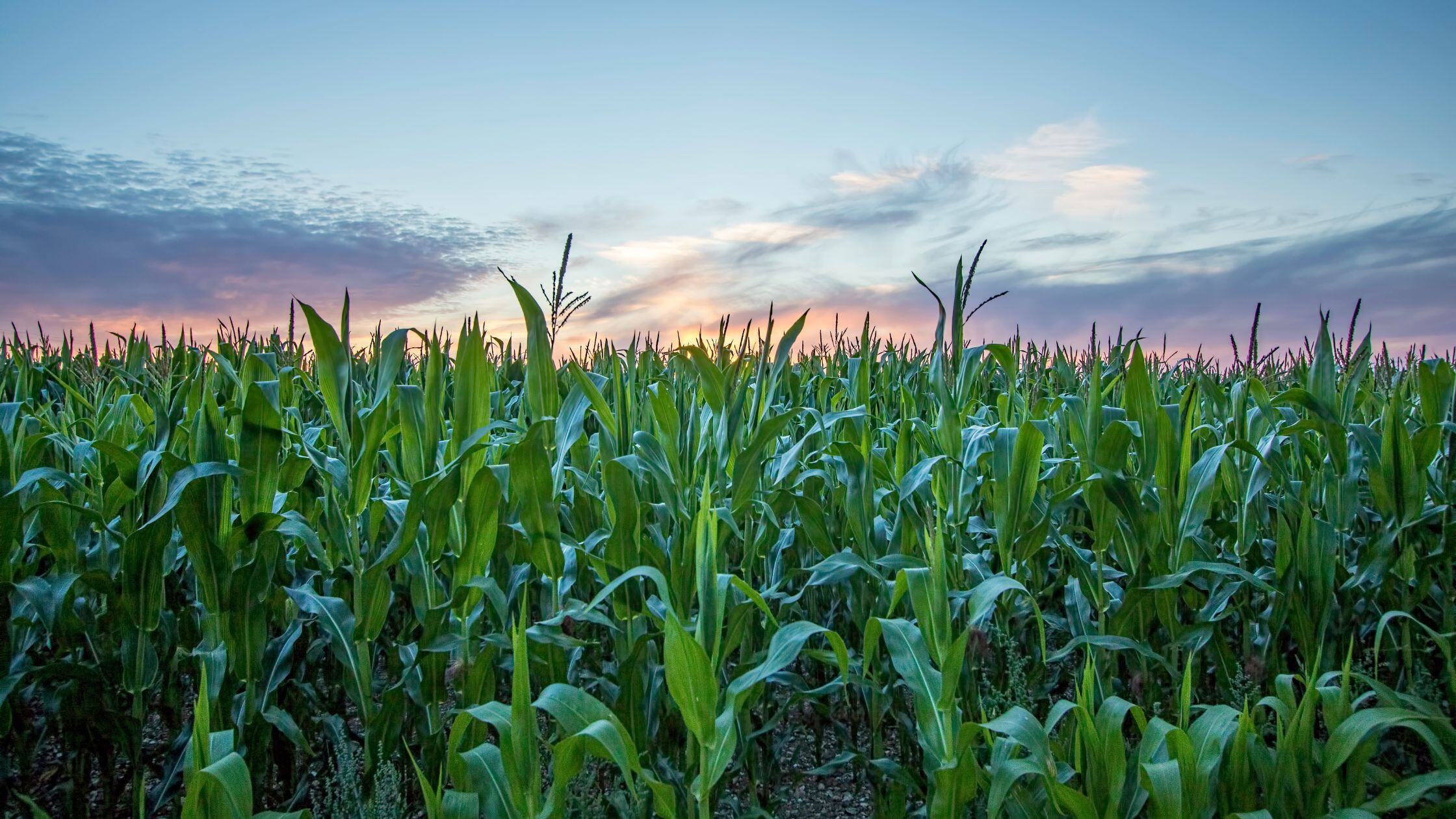
Related Case Studies
A Bluetooth® data logger can be used in sensor monitoring, utilizing Bluetooth Low Energy (BLE) to read data captured by a variety of sensors and tags. Bluetooth technology offers a cost-effective, energy-efficient solution for remote sensor monitoring, with its' low power consumption and ease of deployment. Discover the various sensors that utilize Bluetooth technology, their practical applications, and how they compare with other wireless solutions.

Related Case Studies
We have iterated on the low-power design DNA that permeates our entire product range to create a Hawk that can run for years using low-cost, Alkaline D Cell batteries.
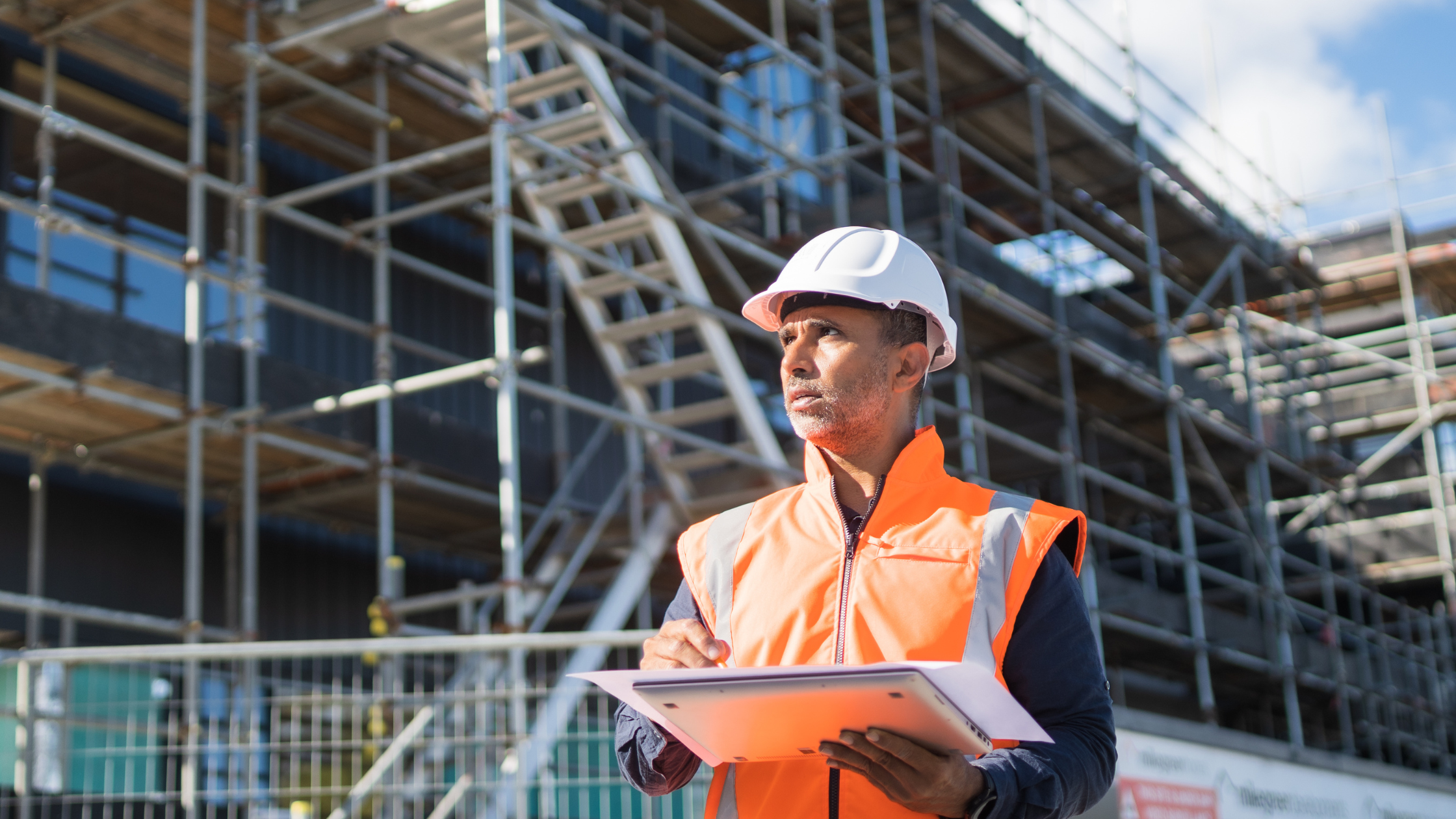
Related Case Studies
Remote task management leverages IoT technology to facilitate the real-time control and monitoring of devices and systems. Utilizing IoT sensors, a series of parameters can be remotely monitored from anywhere in the world, with data sent to a designated end-platform for analysis and task automation.
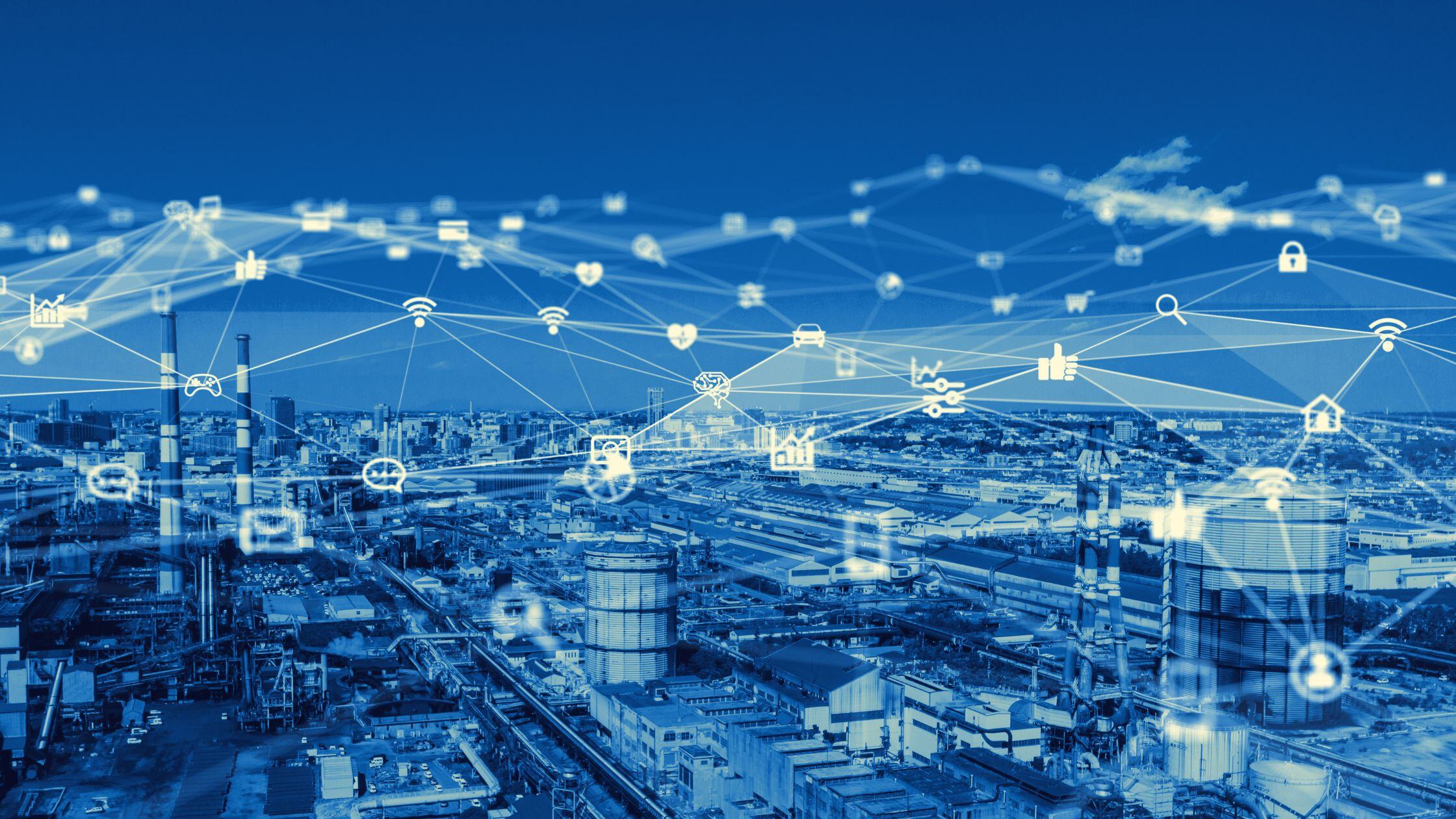
Related Case Studies
Modbus protocols are utilized in many industries such as industrial automation, building automation, and utility. Modbus offers an intuitive master-slave architecture that provides crucial data that aids in making timely decisions. Modbus remains a cornerstone in sensor monitoring due to its reliability, ease of implementation, and broad industry acceptance. Modbus data loggers help translate the data captured from Modbus protocols into a cloud-based platform to allow for remote monitoring.
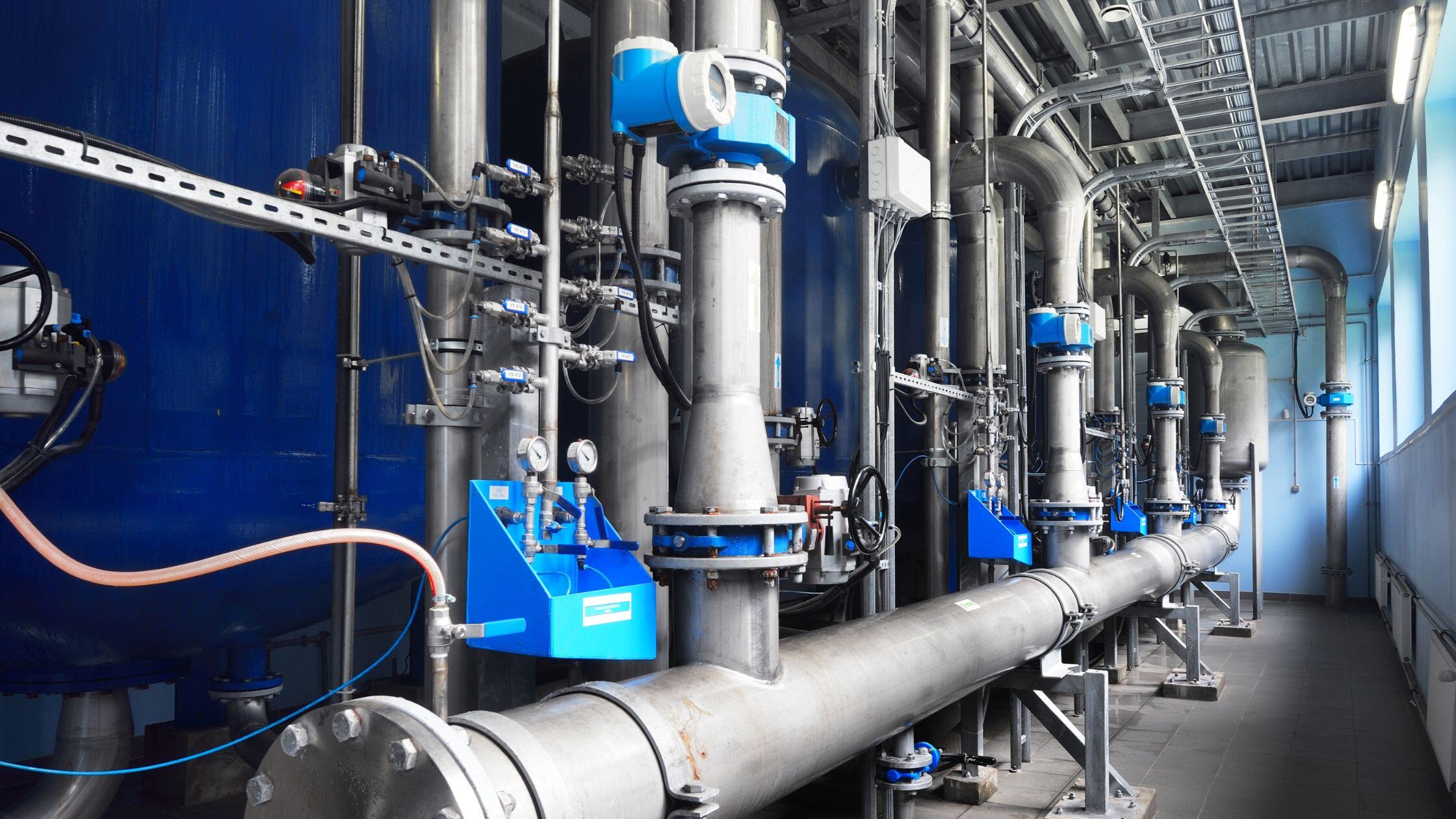
Related Case Studies
Water pressure management refers to monitoring and controlling the pressure within water systems. These systems comprise three components: a sensor, a water pressure datalogger, and a cloud-based platform.
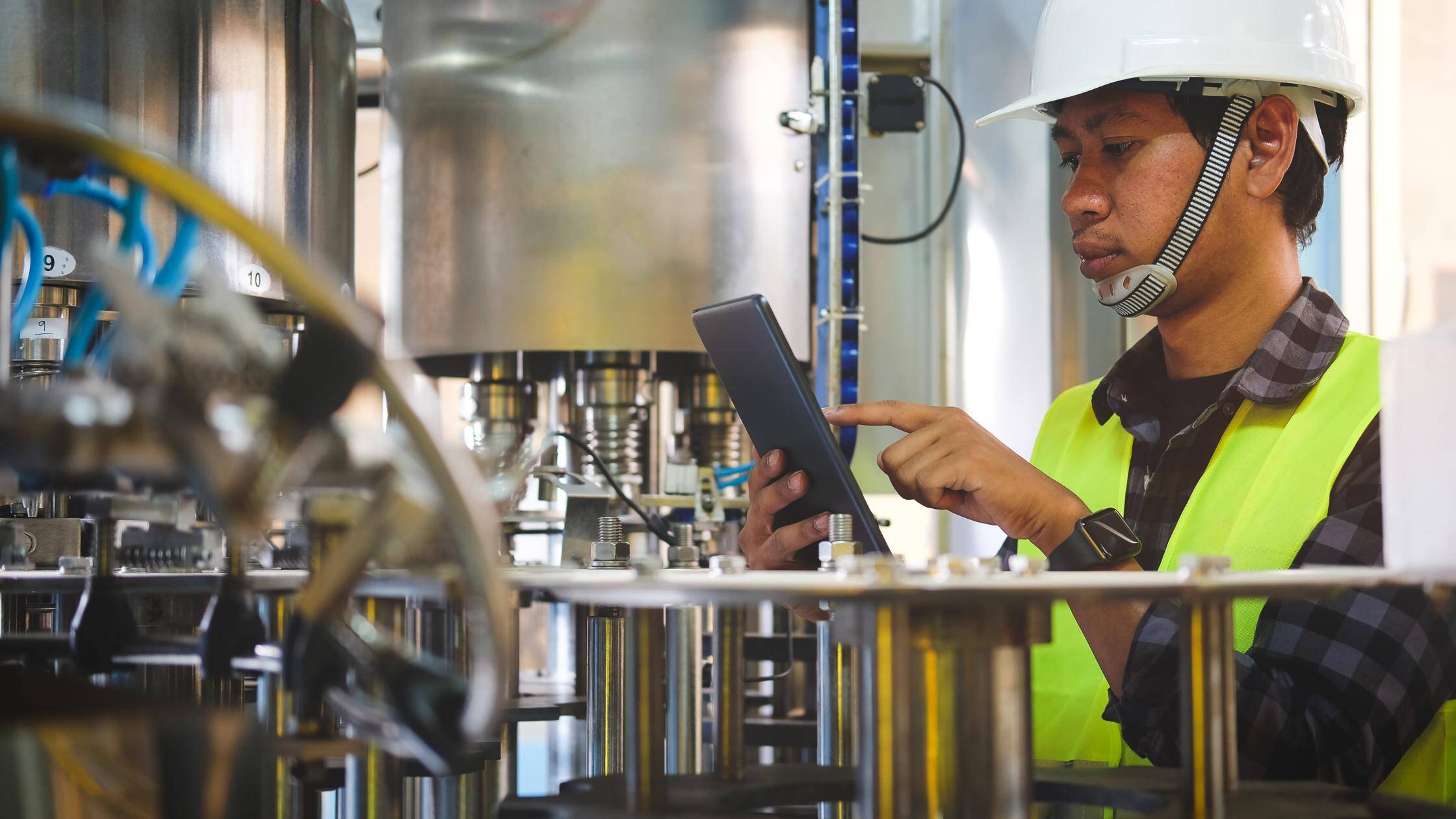
Related Case Studies
RS-485 is essential in industrial and building management systems, offering reliable long-distance communication and multi-device support. Its robust features ensure efficient sensor monitoring and data transmission in various applications, from automation to utility networks.
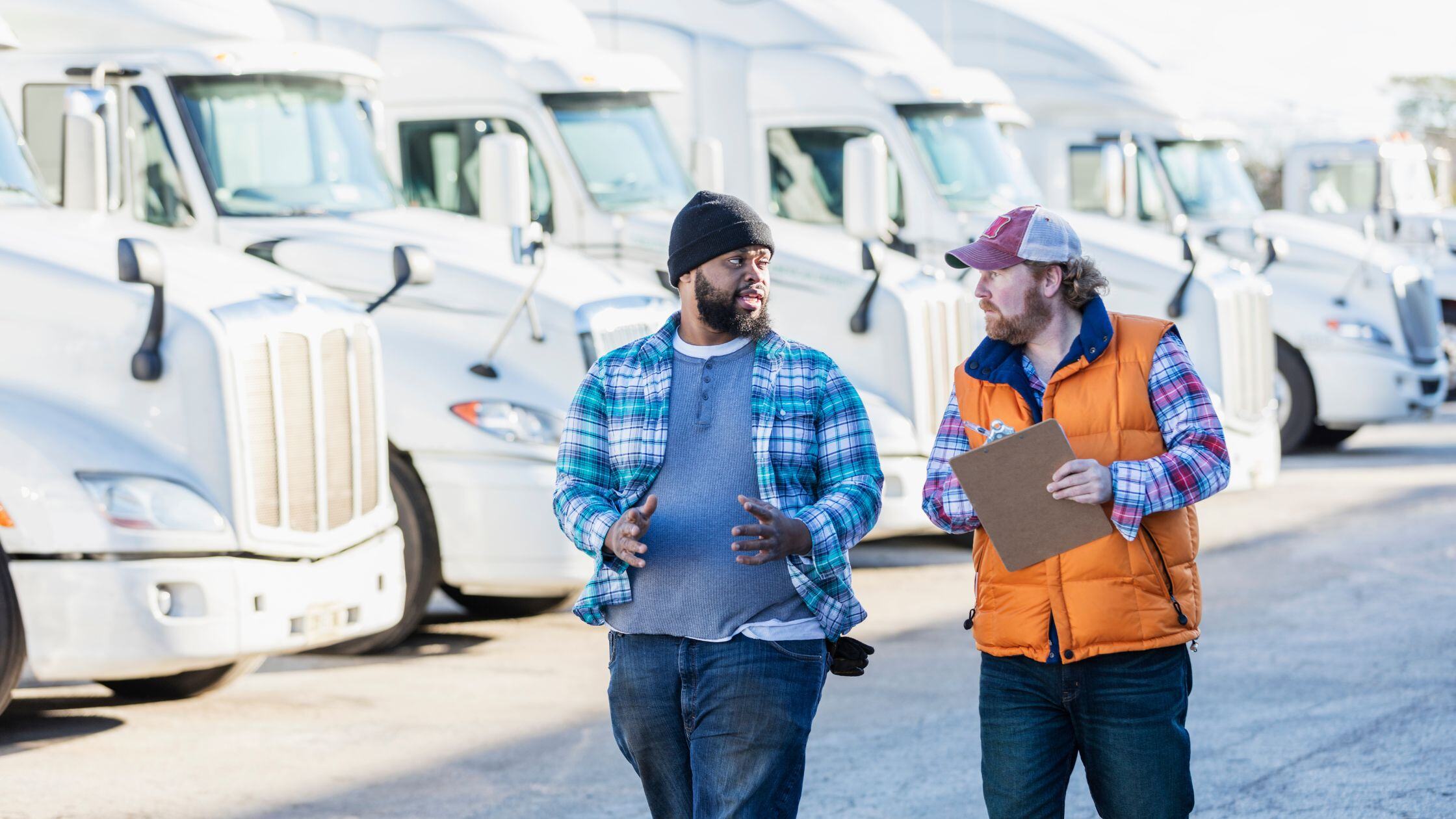
Related Case Studies
Explore how IoT remote monitoring is utilized in industries such as agriculture, healthcare, environmental management, and more. Remote monitoring paired with a data logger offers near-real-time insights into crucial data from a remote location. Ensuring timely decision-making and improved operational efficiency.